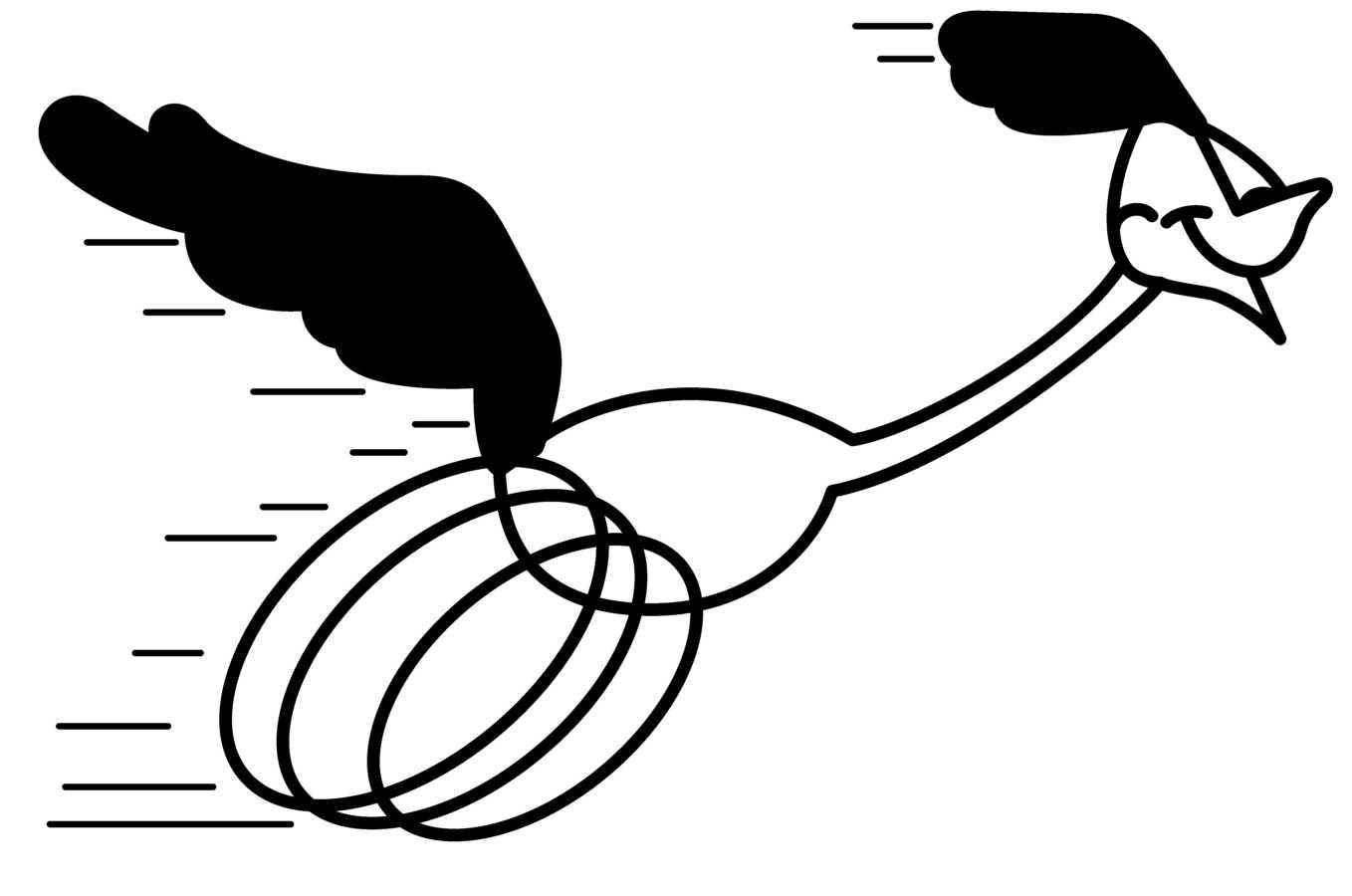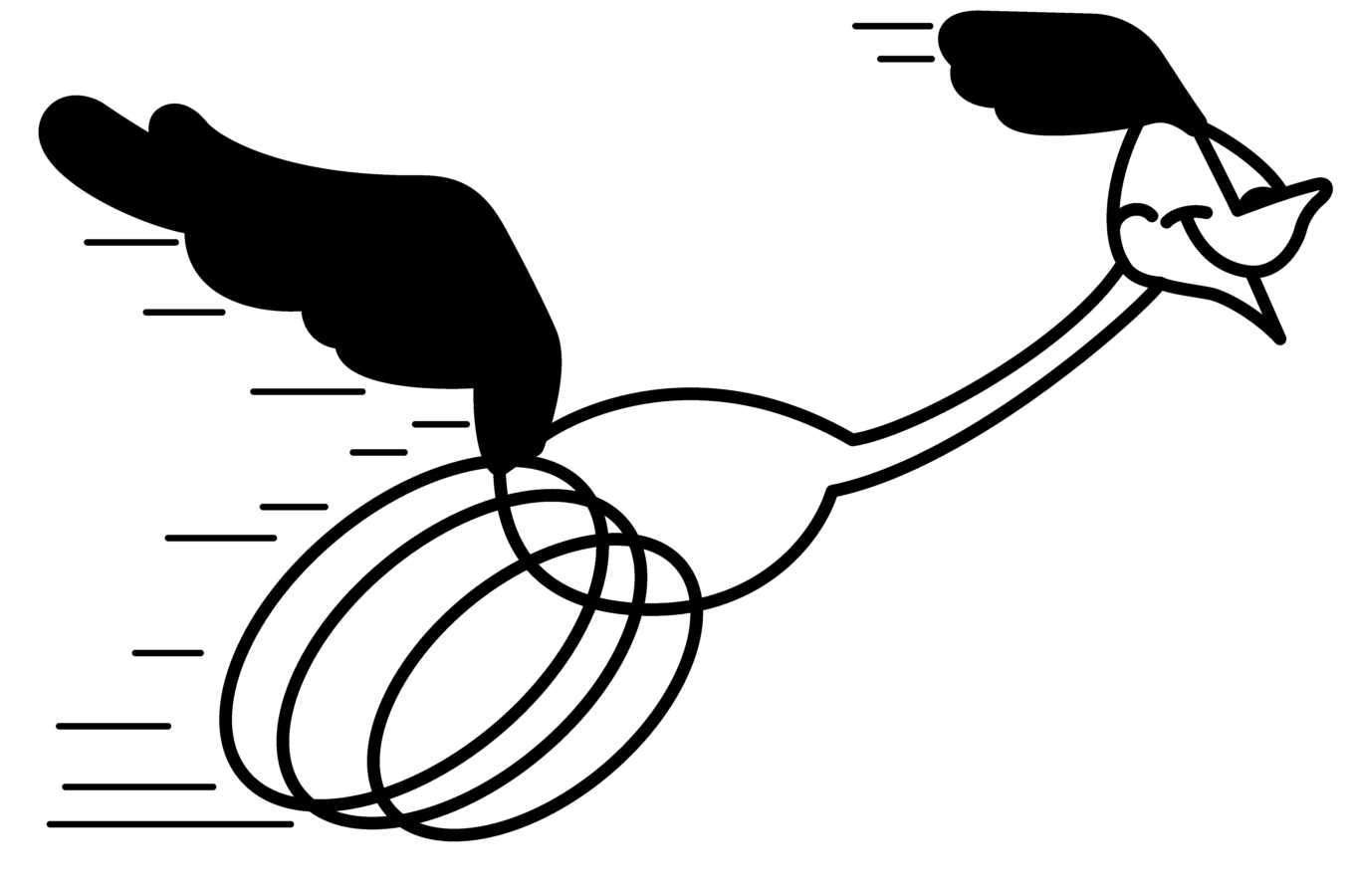Google wants to speed up the web by ditching HTTP for SPDY

On the Chromium blog, Mike Belshe and Roberto Peon write about an early-stage research project called SPDY (“speedy”). Unhappy with the performance of the venerable hypertext transfer protocol (HTTP), researchers at Google think they can do better.
The main problem with HTTP is that today, it's used in a way that it wasn’t designed to be used. HTTP is very efficient at transferring an individual file. But it wasn’t designed to transfer a large number of small files efficiently, and this is exactly what the protocol is called upon to do with today’s websites. Pages with 60 or more images, CSS files, and external JavaScript are not unusual for high-profile Web destinations. Loading all those individual files mostly takes time because of all the overhead of separately requesting them and waiting for the TCP sessions HTTP runs over to probe the network capacity and ramp up their transmission speed. Browsers can either send requests to the same server over one session, in which case small files can get stuck behind big ones, or set up parallel HTTP/TCP sessions where each must ramp up from minimum speed individually. With all the extra features and cookies, an HTTP request is often almost a kilobyte in size, and takes precious dozens of milliseconds to transmit.
In an attempt to avoid these issues, SPDY uses a single SSL-encrypted session between a browser and a client, and then compresses all the request/response overhead.
The requests, responses, and data are all put into frames that are multiplexed over the one connection. This makes it possible to send a higher-priority small file without waiting for the transfer of a large file that’s already in progress to terminate. Compressing the requests is helpful in typical ADSL/cable setups, where uplink speed is limited.
For good measure, unnecessary and duplicated headers in requests and responses are done away with. SPDY also includes real server push and a “server hint” feature.
On the SPDY white paper page, the Google researchers show a speed increase of up to 50 percent. Read on at Arstechnica.com





